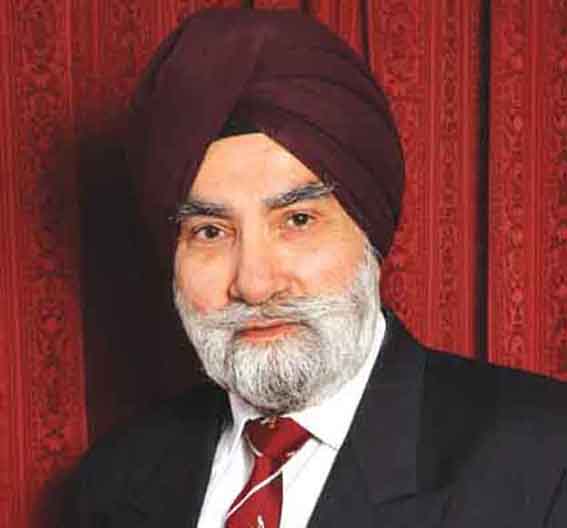Who is a True Martyr ( ਸ਼ਹੀਦ ) in Sikhi Tradition?

The current unrest in Panjab has a post partition history. There has been much blood-shed and numerous sacrifices made. In this turmoil, the unique Sikhi tradition of martyrdom (ਸ਼ਹੀਦੀ) needs to be understood. In recent times, too readily, death under different circumstances has been exalted to the status of martyrdom.
Panjab was the gateway to foreign invasions from the north-west. These invasions were stopped by the revolutionary ideology of Guru Nanak as it evolved through the Guru tuition period. It gave birth to the invincible saint-warrior, the mar-jeevra Khalsa, who had conquered the fear of death. People of Panjab have been led by the egalitarian Khalsa ideology for centuries.
In 1999, the Pingalwara at Amritsar published an essay by S. Narain Singh with the title: It is the man and his cause that make him martyr. To quote: dying in itself is not a worthy aim to be extolled. Human life is a precious gift of God, not to be thrown off purposelessly.
Martyrdom is not premeditated but is a consequence of principled stand against injustice. Self-immolation to end own life or acts of terrorism in which own life and many other innocent lives are lost, cannot be regarded as martyrdom according to the Sikhi tradition.
Sikhs meditate daily on the martyrdoms of hundreds of Shaheed Singh-Sighania, who gave their lives willingly for the righteous cause (dharam) as warriors in the battlefield or were tortured to death in captivity. They remained steadfast and refused to give up their faith and their cause. They had learned the shaheedi lesson taught by Guru Arjan, Guru Tegh Bahadur and, finally, by Guru Gobind Singh, the living martyr.
Martyrdom is a consequence of the struggle between the forces of evil and the invincible warrior for good, who remains unconquered to the end, because, he or she, has already conquered self (is already a mar-jeevra - the reborn). The would-be martyr does not bow to the will of evil but abides by the Will of the Creator Being (Bhana) while remaining true to own conscience to the end. The ultimate victory is that of death-defying truthful conduct, justice and the righteous principle being upheld. Life is willingly given for the cause regardless of the form of torture.
The lessons taught by the two Guru martyrs, Guru Arjan and Guru Tegh Bahadur, need to be remembered in the context of the true Sikhi tradition of martyrdom, which is distinct from the earlier Greek and Semitic traditions. Both Guru Sahibaan opposed oppression and bigotry. In both cases, a saintly soul (a pavittar atma) revered by all, led the cause and confronted the evil of bigotry to uphold the principle of religious freedom: own faith (Guru Arjan) and that of another (Guru Tegh Bahadur), the ultimate sacrifice.
Inspired by the same fearless spirit, the same cause and dharam (principled stand), hundreds who follow in the footsteps of such a true martyr also achieve martyrdom.
As a last resort, the just cause decided by the call of conscience, is regarded as more important than own life by the martyr. Death is not pre-meditated but a price which is willingly paid when the time comes. Thus, the oppressor fails to achieve own evil objective and is defeated.
A Sikh is always prepared for shaheedi as a possible consequence of righteous living.
Gurmukh Singh OBE
Principal Civil Servant Retd (UK)